Which portable survival traps should be part of a long term trapping kit? I’ll share my opinions on cable snares, foot hold steel traps, body grip traps, snare wire, and what I would use for a long term bug out bag or INCH bag. I’ll be clear. I’m not an experienced trapper, but I’ve done research and have relevant experience in long term survival.
I’ll start by criticising a widespread survival belief: small game will sustain you. For short term survival up to a month, it probably doesn’t matter if you eat small game or not. The body would be drawing energy primarily from its fat reserves, not from a few pieces of meat. Catching a few squirrels wouldn’t be more than a morale boost.
In a long term situation of months or multiple seasons, medium and large game, along with fish and wild edibles is a more sustainable and realistic approach for subsistence.
When trapping for subsistence you really have to focus on having a good return on time and energy invested. I would rather set, and check one or two traps daily targeting beaver (24 to 71 lb avg. weight) than setting multiple traps that target squirrels.
From all the animals that live in my area, beaver is a good animal to trap for subsistence because it has a substantial amount of fat and calories. It also is abundant. Other areas have different animals that are relatively abundant and also provide lots of meat. Think medium game. Raccoons and coyotes could be options in other regions.
Trapping wouldn’t be my only source of food in a long term situation; hunting, fishing, and gathering are very important as well.
Here’s a video on long term survival traps; I agree with most of the points he makes in his video.
Now I’ll share my opinion on a portable trapping kit:
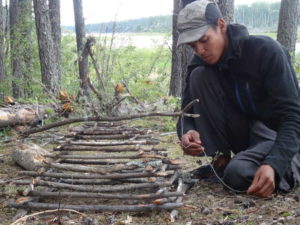
Primitive Traps
These traps are made mostly with natural resources. The figure four dead fall, ojibway bird trap, and paiute traps are the first that come to my mind. Primitive traps are very versatile but require tinkering, baiting, and experience. Their number one advantage is that you could make lots of traps with just a knife or full tang hatchet. Another advantage is that there is a type of primitive trap for almost any animal, from rats to bears. A disadvantage is that sometimes they can be triggered by storms or wind (particularly small game traps). They also must be built and that takes time and energy (particularly large game traps).
Practising primitive traps is a great way of gaining experience for long term wilderness survival. I also know that the smaller your survival group size, the more you have to rely in easy, reliable, and effective methods. This often means using modern technology.
Snare Wire
Many survival kit lists mention snare wire. Snare wire might be a good aid in the short term, but I can’t see it being reused for more than a few days. It works only with small game, and would run out fast if used successfully. I wouldn’t bet on squirrels and rabbits sustaining my energy needs for a long period of time.
 Cable Snares
Cable Snares
Cable snares seem like a great idea. They are light weight and simple. The problem is that they are pretty much a one time use tool, and in a long term scenario I can’t afford to use disposable tools. Trappers reuse some of their parts to build other snares, but that’s not relevant.
Diy cord snares are another possible alternative, but the problem of durability is still there. I could set them a few times but they will wear out quickly.
For me snares are not a viable option for long term survival.
Body Grip Traps
Conibear traps are popular among preppers and trappers because they are relatively easy to use, as well as reliable. They were created for fur trapping, keeping skin intact. Many people recommend having 110 conibear traps in a long term bag for catching squirrels and rabbits. I think that’s is a misguided approach. The return on energy invested has to be good, this means that if I’ll be setting, baiting and checking traps daily I better get a good amount of food out of each trap. In all likelihood only a small fraction of traps will catch something. If I have 12 small game traps and only one third catches a squirrel then I’ll get 4 squirrels, not much energy really. But if I have three beaver traps and only one of them catches a beaver then I have a substantial amount of food.
The only body grip traps that really seem worth to carry in a long term survival bag are 330s, 280s, and 220s, but they are big and heavy. The 330 conibear weighs 4 pounds 6 ounces/ 1.9kg and needs to be set with a trap setter or a rope to compress the springs. A 280 is a good compromise. The 220 conibear can trap small beaver, badger, fisher, marten, nutria, opossum, otter, raccoon and skunk. It is more versatile, lighter (2 pounds 5.4 ounces/ 1kg) and can be set without tools.
Leg Hold Traps
There are also spring traps and coil traps. Spring traps (2 pounds 4 ounces/1kg) have a simpler construction that makes them slightly more reliable than coil traps, but they are bulkier. They are the classic steel trap. People that trap in water tend to prefer spring traps, but both can get the job done.
Because my target species would be beaver, I could pack one or two #3 coil spring trap (2 pounds .32 ounces/0.9kg). A smaller coil trap could work depending on the target animal.
I think the fact that coil traps are much more compact, outweighs any possible differences over spring traps in terms of reliability. For the purposes of a long term bag, I would go with a high quality coil trap that is capable of trapping badger, beaver, and coyote.
Portable Survival Traps
For steel traps you also need to consider additional items to carry like a stake, weights, or chain to prevent losing the trap or as part of a drowning set. This is one of the reasons why a body grip trap would be a better option for a long term bag. The fact that it will more than likely kill medium game once the trap is set has its advantages over leg hold traps. Another advantage of conibears is that they are very simple and reliable.
Two or three 280 conibears would make a versatile and effective long term survival trapping set for my target species. Steel traps are very heavy, but could have a huge impact on any food procurement efforts.

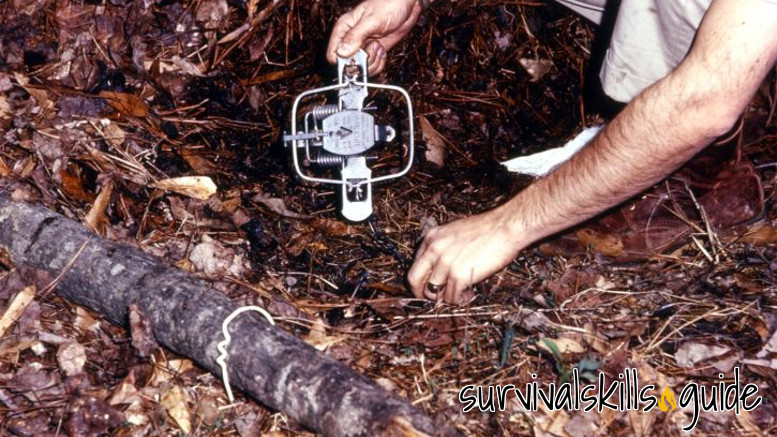
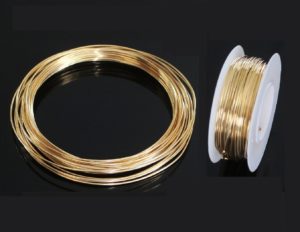
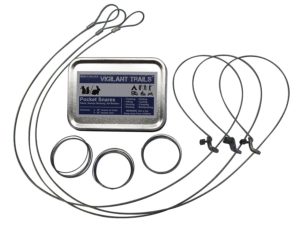
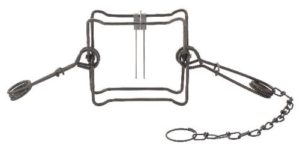

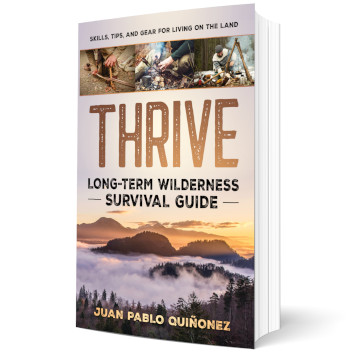
cable snares are indeed, a good idea, cable and crimps are cheap and plentiful and the
little slip tabs are reusable.
Another common trap is the rat trap. They are cheap, easy to use and easy to find. They also can be used for other small animals, not just rats.
“I’m not a fan of Dave Canterbury”, Why slam the man and then use his work to make your point? And yes I know of his past failings. I seem to remember some saying that speaks of ‘Glass houses and Rocks’ You can be better than that, Sir.
This is a very good article and is well thought out.